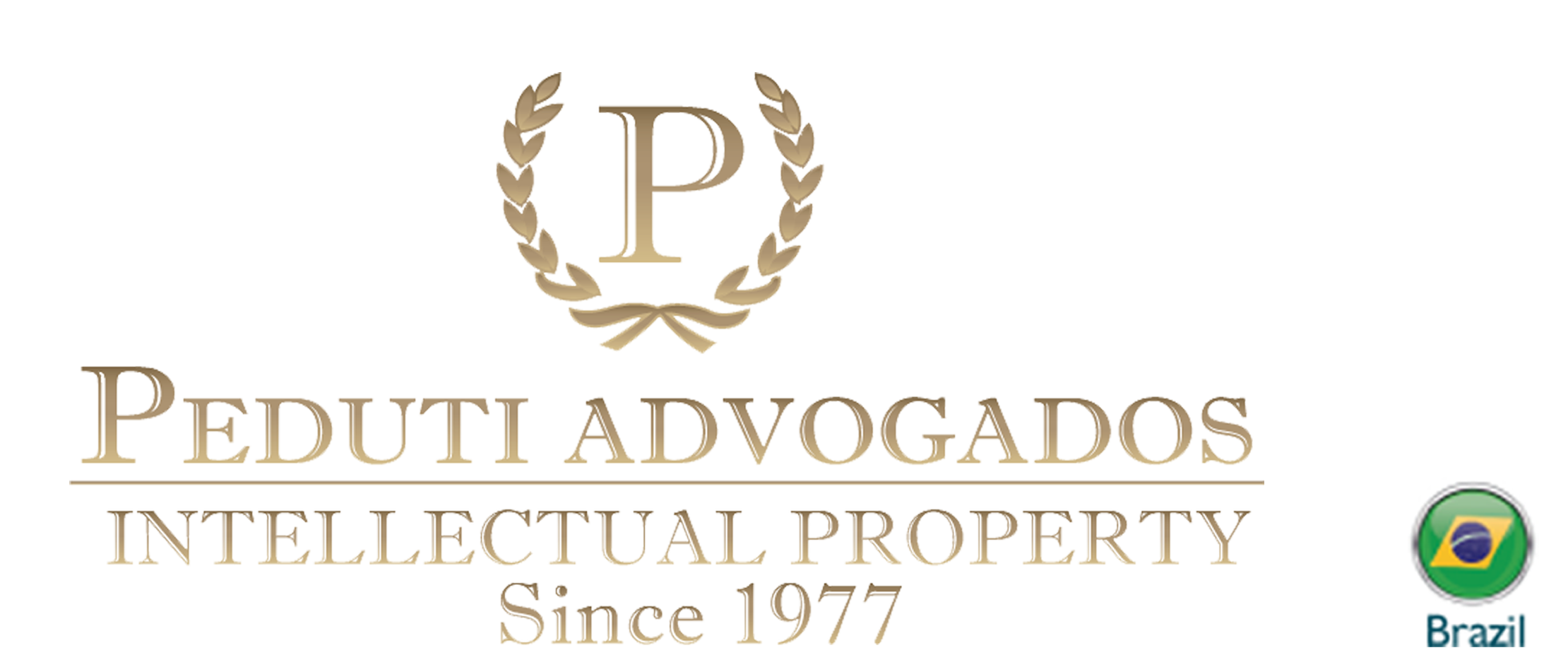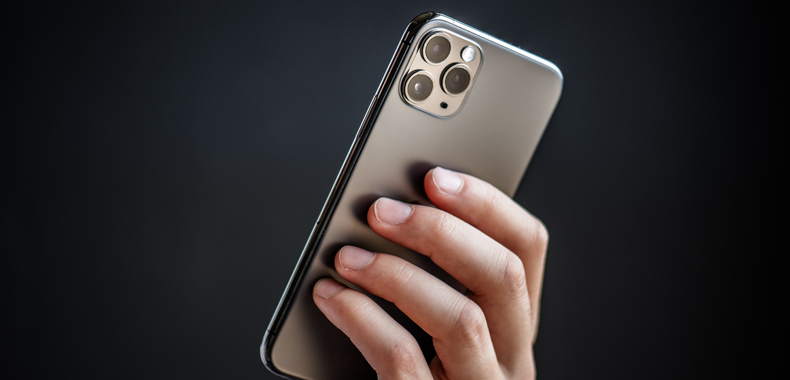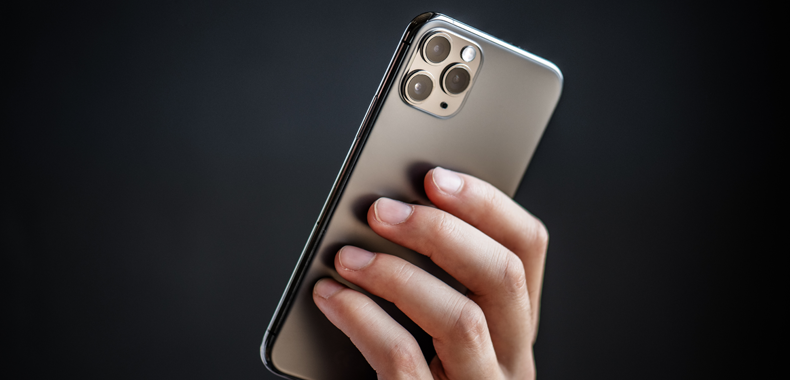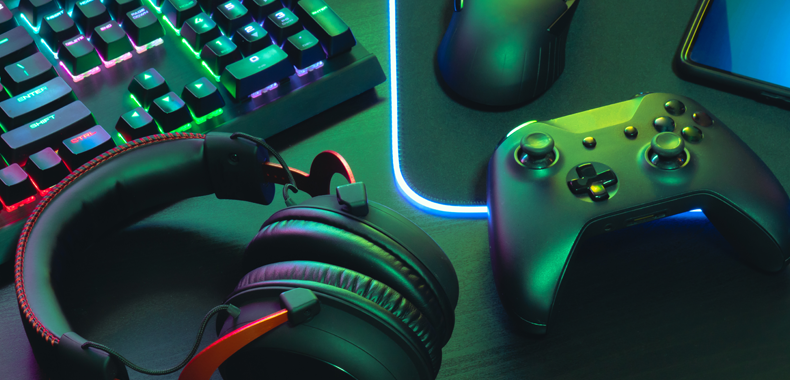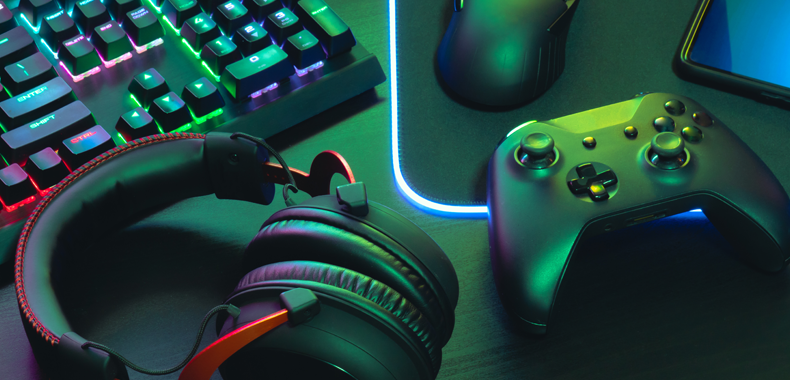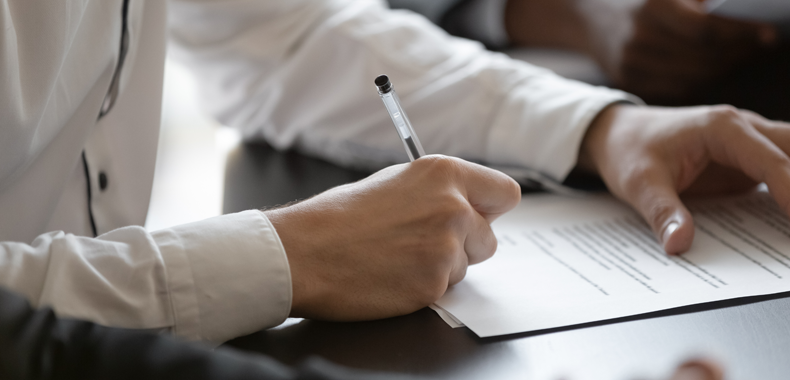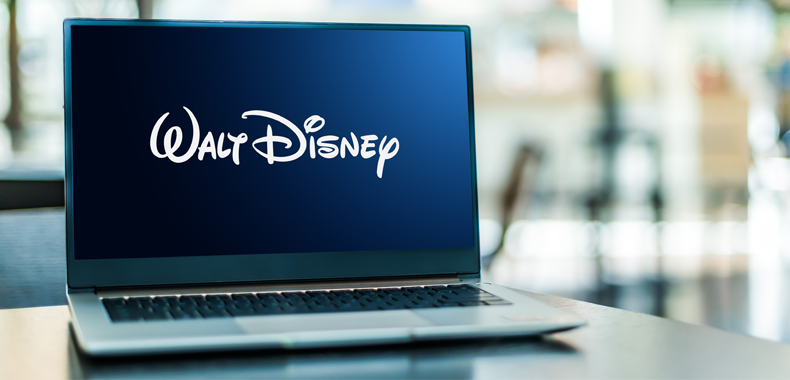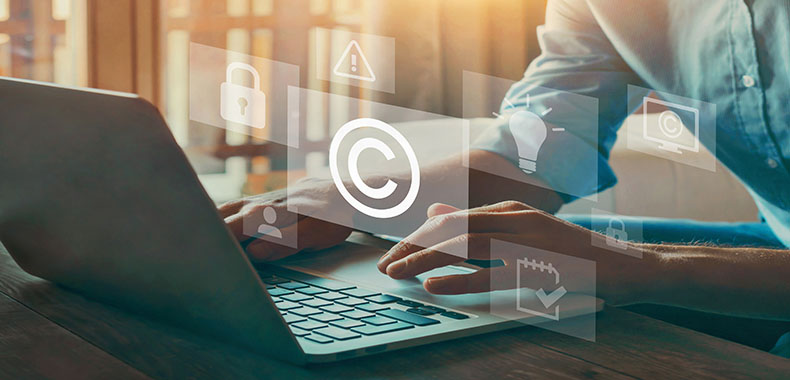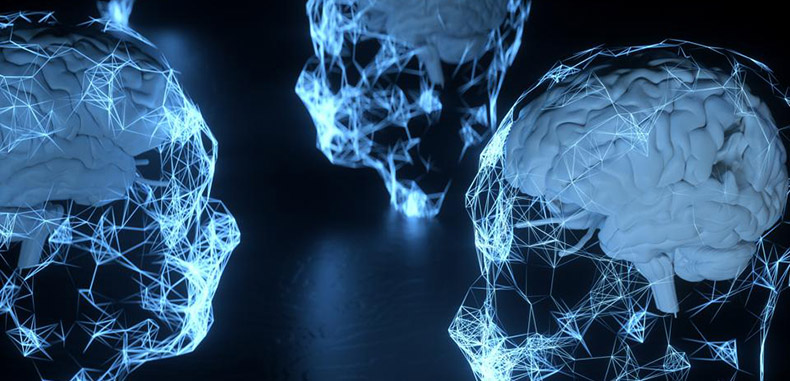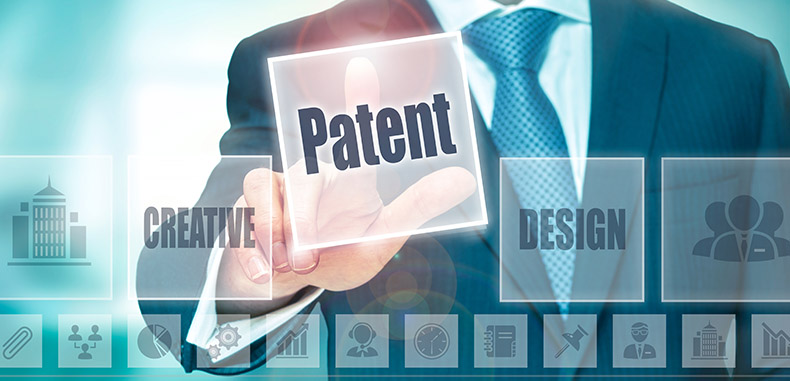The Rio de Janeiro State Court of Justice (TJ-RJ) re-established the injunction that determines that Netflix discontinue the use of the compression technology patented by the North American DivX. The deadline for the measure to be respected was until June 24, 2022. If the streaming platform does not respect it, a daily fine of R$ 50.000,00 will be charged.
The technology patented by DivX allows the compression of videos in high definition, and is used to reproduce them with greater speed, without compromising the image quality. This technology allows the availability of videos in Ultra HD and 4K format, with higher definition images.
Last year, the court authorized an interim decision for Netflix to stop using the disputed resource; however, the company appealed, and offered a guarantee of R$ 10.000.000,00 while the process was still running. At the time, the offer was accepted and the injunction temporarily overturned. Returning to the present, the restoration was decided by the judges of the 24th Civil Chamber of the Rio de Janeiro State Court Of Jusitce, with 2 (two) votes in favor and 1 (one) against.

According to DivX, NETFLIX violates a patent duly protected by the Brazilian PTO since 2018, which was also recognized in the United States and China, for the simple fact of making content available using a third-party resource without a license required.
In its defense, Netflix claimed that it does not use the technology of the North American company. However, at the same time, he claims that abandoning the use of DivX’s compression method “would bring enormous losses”. The communication failure was pointed out by the judges. Subsequently, they confirmed that the arguments of the platform representatives are “described in a grammatical style that is sometimes ambiguous”.
In addition to the conflicting defense arguments, five technical opinions carried out by professors from research centers of excellence in Brazil, PUC-Rio, UFRJ, UERJ, UFF and USP, demonstrated the use of the patented compression technology.
Since the patent in reference is not only protected in Brazil, the dispute in question is taking place simultaneously in the United States and China.
—
Author: Bruno Arminio, Associate Lawyer at Peduti Advogados.
Source: Netflix is forced to stop using video compression technology
—
“If you want to learn more about this topic, contact the author or the managing partner, Dr. Cesar Peduti Filho.”
“Se quiser saber mais sobre este tema, contate o autor ou o Dr. Cesar Peduti Filho.”
